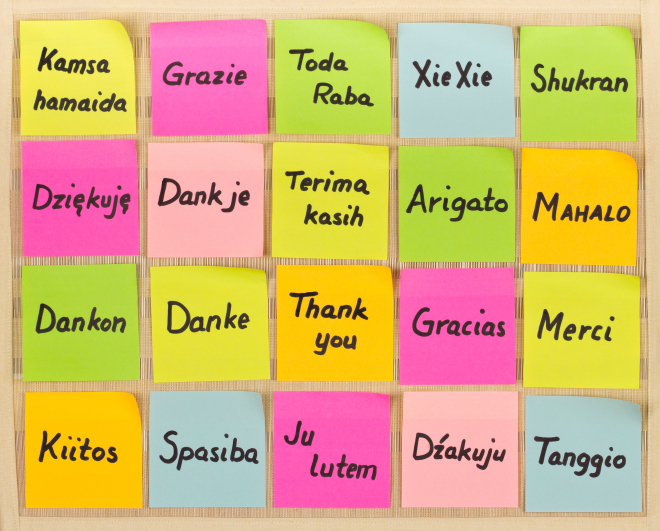 Recall a traumatic, yet exciting time of change in your life. Now imagine that time in a foreign place.
Recall a traumatic, yet exciting time of change in your life. Now imagine that time in a foreign place.
The United States–specifically Elizabethtown, Pa.–is that distant place for many international students. The U.S. is a large country with varied cultural elements. On top of all the obvious changes and challenges being in a new land presents, learning how to relate to your peers can be overwhelming: international students not only need to learn textbook English, but also everyday slang terms.
In September, the Office of International Student Services began offering the ‘American Slang and U.S. Culture Program’ which allows students to learn the more colloquial aspects of American English in an engaging, welcoming and interactive environment.
Senior and student facilitator Julia Carboni studied abroad for two semesters and encountered similar situations.
“How do I say hello? What are the popular movies for peers my age?”she said, of what she was curious about.
Co-facilitator and sophomore South-American student Gianni Lombardo agrees. “When you first learn English, you don’t learn slang,” Lombardo said. “Later you learn things like, ‘Thanksgiving is big here’ or ‘I love bagels’; it’s weird, little things you learn.”
Watching the Super Bowl with American students provided Lombardo a way to learn slang and culture–and the important elements of football in U.S. culture and the excitement of the half-time show.
…it’s weird, little things you learn.”
At each week’s meeting, held Thursdays at 7 p.m., participants discuss a different cultural topic and review commonly used slang words. Carboni tries to incorporate campus activities or upcoming holidays and observances into her weekly lessons. For example, the week of Halloween the conversation focused on United States superstitions and, on Patriots’ Day, addressed patriotism. For the Thanksgiving-themed discussion, Carboni hopes to include a lesson on diversity and religious freedom by referencing the pilgrims as the first immigrants to the U.S.
“I try not to be too research orientated, focusing on interactive material,” Carboni said, adding that she uses her own experience and books for inspiration.
Facilitators also took a poll at the first meeting to gauge areas of interests, and these results have been implemented in the program’s syllabus. Food was one such desired topic. Since many international students only experience food from campus venues, such as the Marketplace, Carboni looked for opportunities to teach about fall food traditions. The students involved in the program went apple picking at Masonic Village and then baked an apple pie together. Meetings often feature YouTube videos and, recently, Carboni added films. The group watched ‘Saving Private Ryan’ she hopes to show ‘A Christmas Story’ before the holidays.
Program advisor and Director of International Student Services, Kristi Syrdahl is pleased. An inkling of the program was developed in the spring of 2013, but it it took some trial and error to figure out the best meeting day and time.
Learning culture through slang – it’s really a cultural capital…”
“The classes are fantastic!” she said, adding that the International Club, now called No Boundaries, meets on the same day. Because of this, that club also saw a resurgence. “I couldn’t be more happy!”
Moving forward, Syrdahl hopes to incorporate guest speakers who can provide different opinions on topics such as religion and political views. She hopes to expand the program, engaging more domestic and international students. Syrdahl also wants to invite upperclassman to the meetings and ensure they continue to be involved, assisting in the cultural integration of incoming international students.
The College’s 2011 Strategic Plan promotes that learning happens everywhere, as seen in this program. Syrdahl commented that the program is also a learning opportunity for student leaders like Carboni and Lombardo. By running the program, students also learn how to use tools such as Doodle and PowerPoint, as well as learn how to reserve rooms, problem solve, time manage and express creativity.
“Learning culture through slang – it’s really a cultural capital,” Syrdahl said, adding that she teaches a first-year seminar class for international students. She is excited to see a correlation between the program activities and students’ positive side effects, as relayed in their journal entries.
She even overheard a student say, ‘I just learned that in Slang class!’

